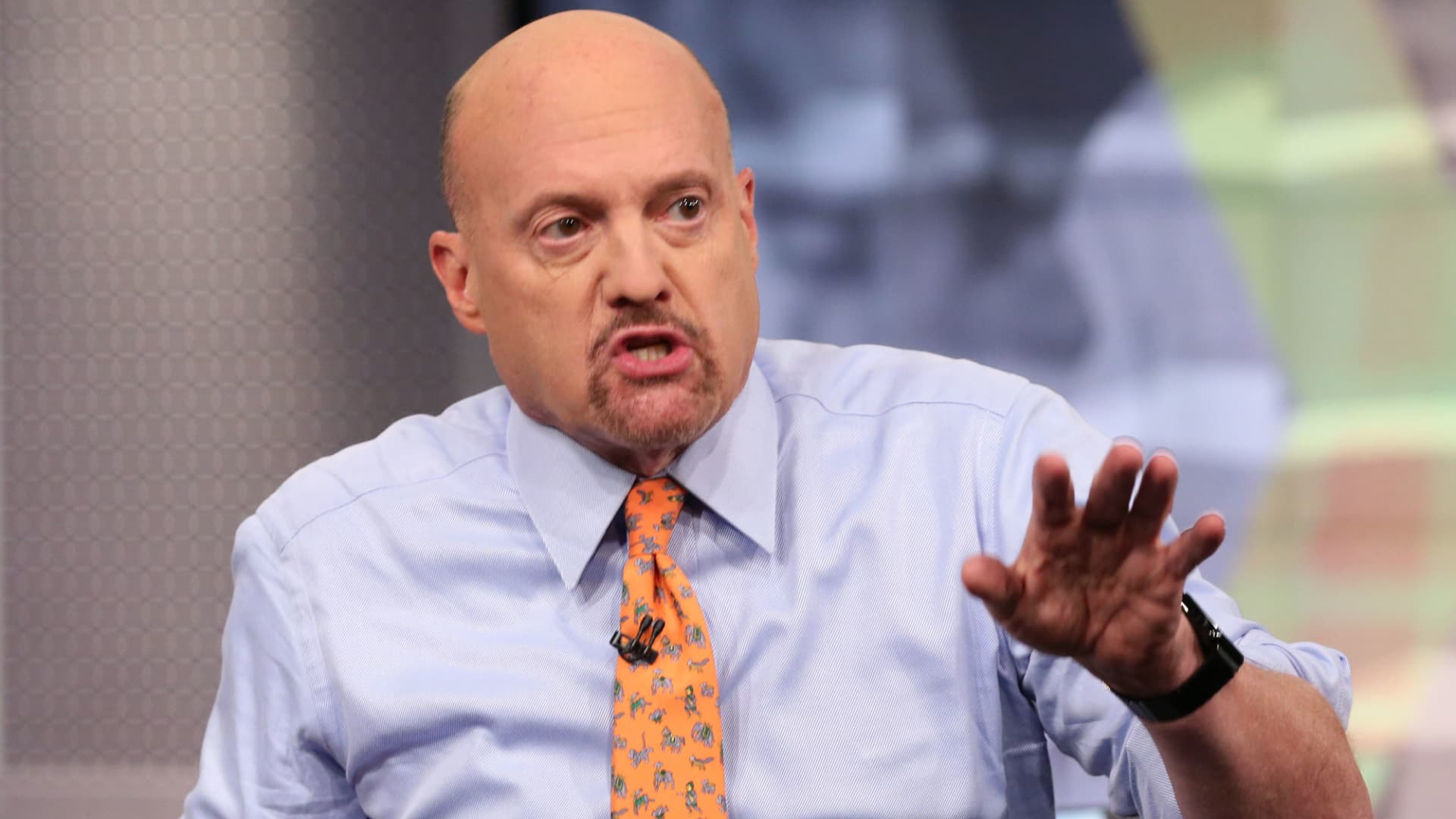In some U.S. cities, it now takes more than twice the income to afford a median-priced home than to afford a median-priced apartment — and the gap keeps growing.
Nationwide, a recent Redfin analysis finds that U.S. homebuyers must earn $116,633 to afford such a home — 82% more than the income needed to cover the cost of a median-priced rental. The figures are based on the standard assumption that housing costs shouldn’t exceed 30% of gross income, a common affordability benchmark.
The estimates reflect national and metro-level data for the three months ending in February 2025, comparing median home sale prices with median asking rents for newly listed apartments in buildings with five or more units. Homeownership calculations assume a 30-year fixed-rate mortgage with a 15% down payment and a 6.84% interest rate, and also factor in insurance and property taxes.
Why home costs are outpacing rental prices
Since 2021, the income needed to afford a home has climbed at a much faster pace than what’s needed to rent — with the gap between the two more than quadrupling. That’s largely due to soaring home prices and high mortgage rates, while rent growth has mostly stalled.
“It has become increasingly challenging for American renters to make the shift to homeownership thanks to the triple whammy of rising home prices, high mortgage rates and a shortage of houses for sale,” writes Redfin senior economist Elijah de la Campa.
For buyers, demand has far outpaced supply in recent years, as a pandemic-era slowdown in construction worsened an already tight housing market. With too few homes available to buyers, prices surged 43% from 2020 to 2025, per Redfin’s data.
For rentals, prices have remained flat over the past two years, driven by a wave of new apartment construction that has boosted supply, according to Redfin.
The price gap is especially steep in large U.S. cities
In 13 of the 42 largest U.S. metro areas, the income required to afford a median-priced home is now more than double what’s needed to rent a median-priced apartment.
Big cities tend to have higher home costs because they attract people for jobs and opportunity, driving up demand and pushing home prices higher — especially when supply is limited.
Here are the metros with the widest income gaps between what’s required to buy and rent:
- San Jose, California: 218%
- San Francisco: 176%
- Seattle: 145%
- Austin, Texas: 143%
- Los Angeles: 141%
- Salt Lake City: 134%
- Denver: 132%
- San Diego: 127%
- Portland, Oregon: 115%
- Dallas: 110%
- Raleigh, North Carolina: 108%
- Houston: 108%
- Phoenix: 107%
The steepest disparity is in San Jose, where buyers need to earn $408,557 annually — more than three times the income required to rent. The smallest gap is in Pittsburgh, where buyers need to earn just $66,350 to afford a home — only 14.4% more than what’s required to rent.
Want a new career that’s higher-paying, more flexible or fulfilling? Take CNBC’s new online course How to Change Careers and Be Happier at Work. Expert instructors will teach you strategies to network successfully, revamp your resume and confidently transition into your dream career. Start today and use coupon code EARLYBIRD for an introductory discount of 30% off $67 (+taxes and fees) through May 13, 2025.
Plus, sign up for CNBC Make It’s newsletter to get tips and tricks for success at work, with money and in life.





